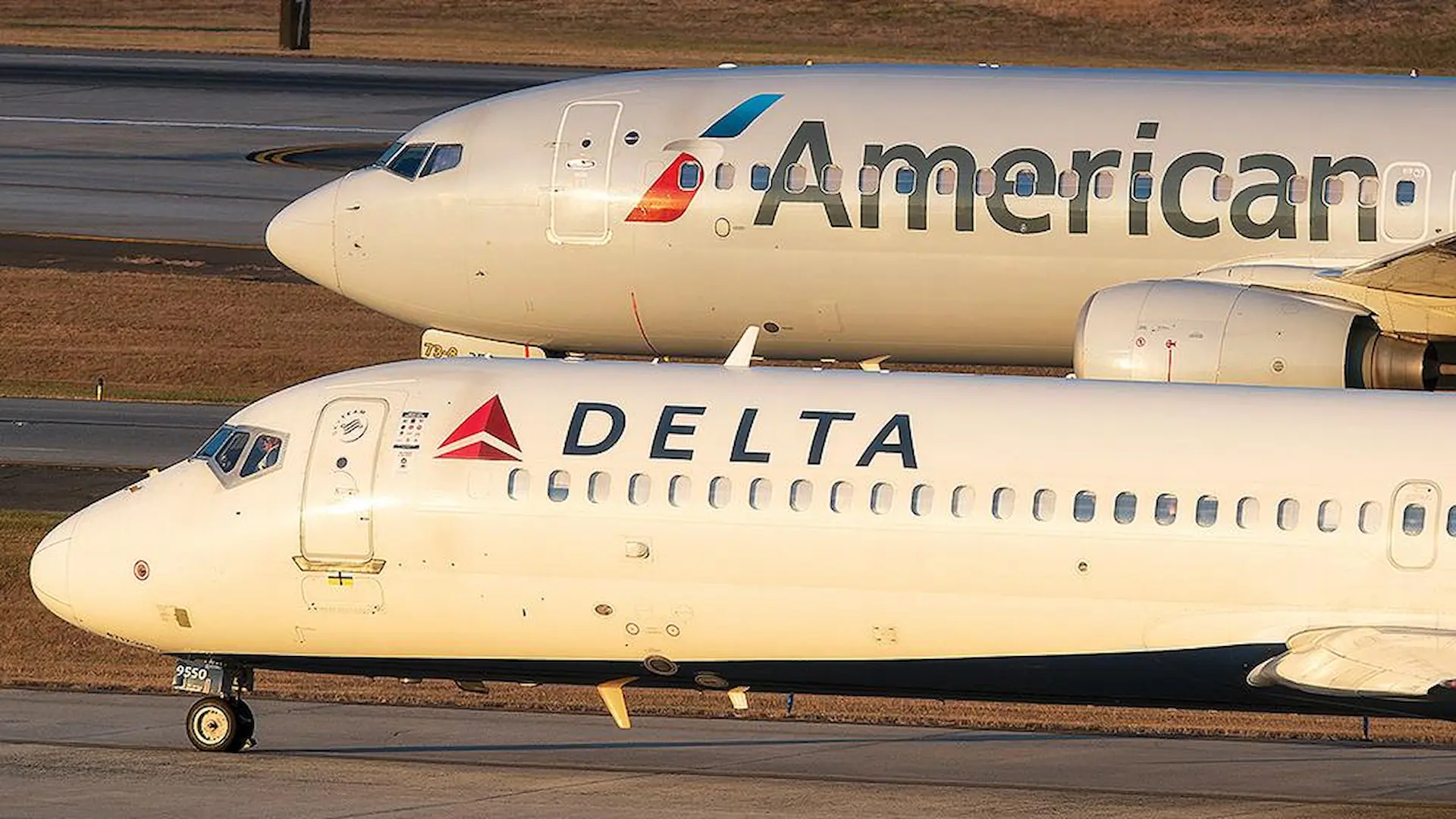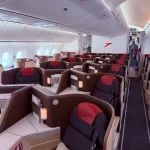If you’ve spent any amount of time studying commercial aviation or you’re a frequent flyer yourself, you’ve probably heard the term “legacy airline.” But what does it actually mean? And how do legacy carriers differ from budget airlines or regional carriers?
As someone who’s flown nearly every major U.S. and international airline over the past 20 years, across every cabin class from economy to international first, I can tell you this: legacy airlines still dominate the global airspace, but they’re constantly evolving. In this article, I’ll break down what defines a legacy airline, who the major players are, how they operate, and what travelers need to understand before booking with them.
What Is a Legacy Airline
A legacy airline is a full-service carrier that operated before airline deregulation, which in the U.S. happened in 1978 with the Airline Deregulation Act. These airlines typically have extensive domestic and international route networks, offer multiple cabin classes, participate in global alliances, and have deep corporate histories.
In short: legacy carriers are the original full-service airlines that helped shape commercial aviation into what it is today.
Which U.S. Airlines Are Considered Legacy Carriers
In the U.S., the major legacy airlines include:
- American Airlines (founded 1930)
- United Airlines (founded 1926)
- Delta Air Lines (founded 1929)
Each of these carriers predates deregulation and has continuously operated through mergers, rebrandings, and restructuring.
Some defunct legacy airlines that shaped the market include:
- Pan Am (dissolved 1991)
- Trans World Airlines (TWA) (acquired by American Airlines in 2001)
- Eastern Air Lines (ceased in 1991)
Other airlines like Alaska Airlines and Hawaiian Airlines are sometimes referred to as legacy-like due to their longevity and service structure, but they technically operated regionally pre-deregulation.
How Do Legacy Airlines Differ from Low-Cost Carriers
There are several fundamental differences between legacy airlines and low-cost carriers (LCCs) like Southwest, Spirit, or Ryanair.
| Feature | Legacy Airlines | Low-Cost Carriers |
| Route Network | Global and domestic | Domestic or regional |
| Cabin Classes | Economy, Premium, Business, First | Mostly economy only |
| Airport Hubs | Operate hub-and-spoke systems | Prefer point-to-point |
| Lounges & Alliances | Offer lounges, global alliances (e.g., Oneworld, Star Alliance) | Rarely offer lounges |
| Loyalty Programs | Comprehensive frequent flyer programs | Simplified or limited |
Legacy airlines often bundle services such as baggage, seat selection, and meals (especially on international flights), while LCCs use an à la carte model.
What Services and Benefits Do Legacy Airlines Offer
When you fly with a legacy carrier, you’re generally paying for a higher level of service and connectivity. Here’s what you can typically expect:
- Multiple Fare Classes: Economy, Premium Economy, Business, and First Class cabins
- Loyalty Programs: Tiered frequent flyer programs offering elite benefits
- Global Alliances: Membership in Oneworld, Star Alliance, or SkyTeam, enabling smoother international connections
- Lounge Access: Especially for elite members and premium passengers
- Better Irregular Operations Support: More robust customer support during delays or cancellations
- Code Sharing and Interlining: Ability to combine flights on multiple airlines under one ticket
From my experience, legacy carriers are far better equipped to handle complex itineraries, long-haul routes, and international disruptions.
What Challenges Do Legacy Airlines Face Today
Despite their advantages, legacy carriers are under pressure on multiple fronts.
- Cost Structures: Higher overhead due to unionized staff, pensions, and legacy IT systems
- Fleet Modernization: Many still operate mixed fleets with aging aircraft, increasing maintenance costs
- Competition from LCCs: On domestic routes, budget airlines often undercut them on price
- Customer Expectations: Travelers expect high-end service but at low-cost carrier prices
COVID-19 accelerated many of these challenges, forcing legacy airlines to reduce capacity, retire older aircraft, and reconsider route structures.
How Have Legacy Airlines Adapted to Modern Travel Demands
I’ve personally seen significant changes in how legacy airlines operate, particularly post-2020. Some of the key adaptations include:
- Unbundled Fares: Introducing Basic Economy to compete with LCCs
- Fleet Streamlining: Accelerating retirement of older jets (e.g., Boeing 757s, MD-80s)
- Technology Integration: Mobile boarding passes, dynamic pricing, AI-driven customer service
- Premium Economy Growth: Filling the gap between business and economy
These moves show that while legacy carriers want to maintain full-service prestige, they’re also under pressure to be leaner and more flexible.
What Are the Major Legacy Airlines Outside the U.S.
Globally, many of the world’s best-known airlines are legacy carriers. Some of the most notable include:
- British Airways (UK)
- Lufthansa (Germany)
- Air France (France)
- KLM Royal Dutch Airlines (Netherlands)
- Japan Airlines (Japan)
- Qantas (Australia)
- Air India (India)
- Singapore Airlines (technically not pre-deregulation but legacy in function and structure)
These airlines operate intercontinental routes, run major hub airports, and offer tiered loyalty programs and alliances. They are foundational to international air travel.
Are Legacy Airlines Still Worth It for Travelers
The answer depends on your priorities. Here’s my take:
Yes, if you value:
- Seamless international connectivity
- Elite loyalty status benefits
- Business or first-class comfort
- Airline lounge access
- Multi-segment itineraries on one ticket
No, if you prioritize:
- Lowest possible fare
- Short domestic hops
- Travel without checked bags or extras
- Flexible one-way bookings
In many cases, the total cost of a flight on a legacy carrier may actually be comparable to an LCC once you add in baggage, seat selection, and other fees.
What Role Do Airline Alliances Play for Legacy Carriers
Legacy airlines are central to global airline alliances. These alliances allow carriers to:
- Share routes and passengers
- Offer reciprocal elite status benefits
- Expand their global footprint without additional aircraft
The three major alliances are:
- Star Alliance (e.g., United, Lufthansa, Singapore Airlines)
- Oneworld (e.g., American, British Airways, Qantas)
- SkyTeam (e.g., Delta, Air France, KLM)
As a frequent international traveler, I rely heavily on alliance partnerships. They make a real difference in lounge access, baggage handling, and elite recognition across carriers.
Frequently Asked Questions About Legacy Airlines
What makes an airline a legacy carrier
It operated before deregulation and offers full-service international and domestic routes with multi-class cabins.
Are legacy airlines more expensive
Not always. Base fares can be competitive, especially when sales or Basic Economy fares are offered.
Do legacy airlines still dominate the market
Yes, especially for international travel, hub-and-spoke operations, and business-class traffic.
Can you earn miles on partner airlines
Yes. Through alliances, you can earn and redeem miles across multiple carriers.
Are regional airlines part of legacy carriers
Many regional airlines operate as affiliates (e.g., American Eagle, United Express), but they are contract carriers, not legacy airlines themselves.





